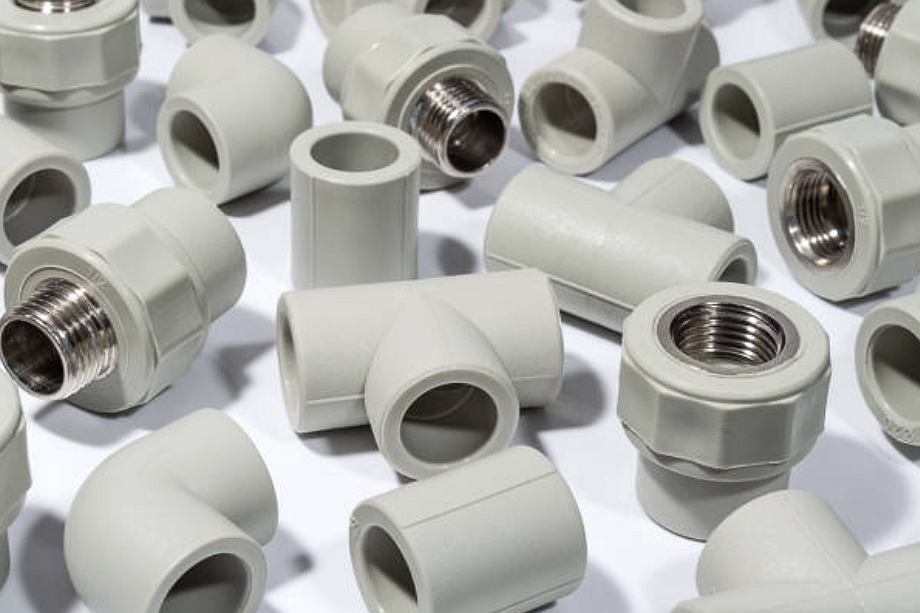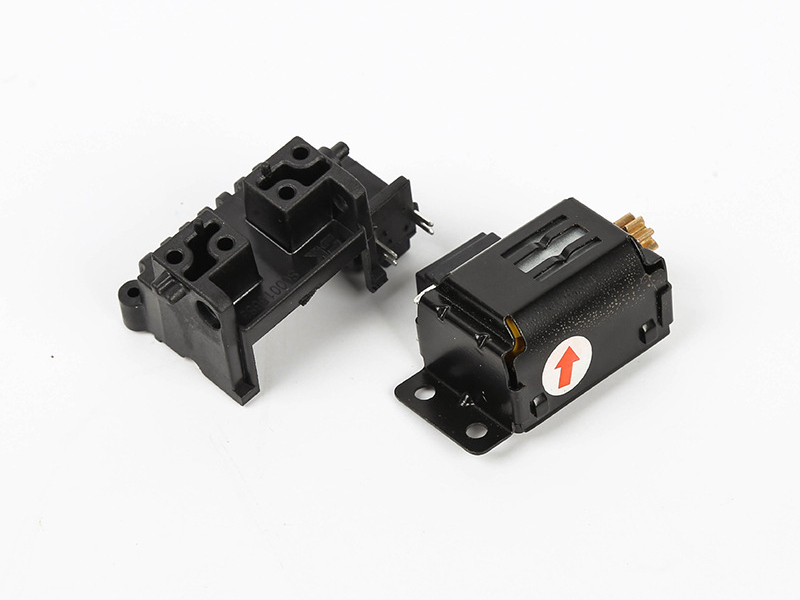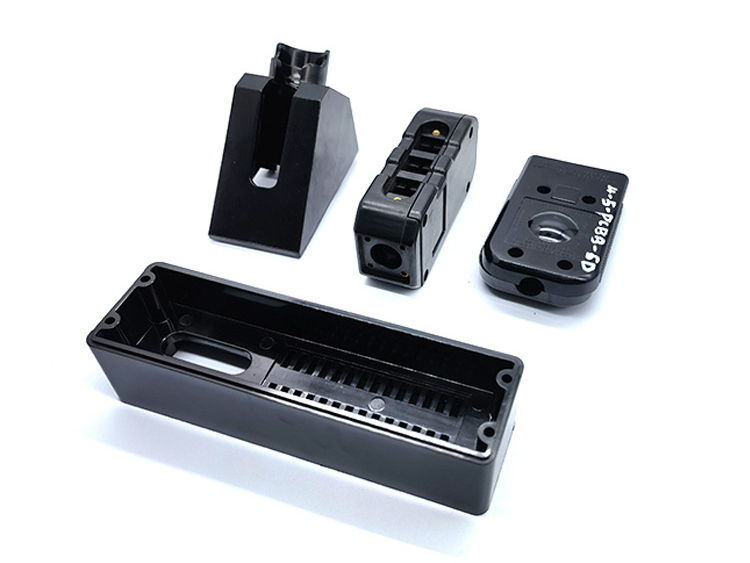What types of materials are commonly used in insert molding?
What Types of Materials Are Commonly Used in Insert Molding?
Amid rising demand for compact, multifunctional, and durable components across industries like automotive, medical, and electronics, insert molding has become a vital manufacturing process. It enables seamless integration of metal and plastic into one robust part, streamlining assembly, improving reliability, and supporting lightweight design goals. Material selection is critical to achieving strong adhesion, thermal compatibility, and mechanical performance.
Common Insert Materials (Pre-Formed Components)
1. Stainless Steel
Offers excellent corrosion resistance and strength. Used widely in medical devices and automotive components like needle hubs, threaded bushings, and load-bearing structures.
2. Brass
Excellent machinability and conductivity. Common in consumer electronics, particularly for terminals, inserts, and grounding points.
3. Aluminum
Lightweight and thermally conductive. Ideal for EMI shielding, housings, and weight-sensitive parts. Surface treatment may be required for strong adhesion.
4. Copper
Offers the highest electrical and thermal conductivity among insert metals. Used in high-performance connectors, busbars, and power distribution assemblies.
5. Pre-molded Plastic Components
Used in two-stage molding where two thermoplastics with different properties or colors are combined. Enables design flexibility and multi-function integration.
Common Thermoplastics (Overmolded Materials)
1. ABS (Acrylonitrile Butadiene Styrene)
Tensile strength: ~40 MPa; shrinkage: 0.4–0.7%. Suitable for rigid housings, handles, and general-purpose components. Learn more: ABS Injection Molding
2. PC (Polycarbonate)
High impact resistance and transparency; Vicat softening point: ~145°C. Ideal for enclosures requiring clarity or high toughness. Learn more: PC Injection Molding
3. Nylon (PA6, PA66)
Tensile strength: up to 80 MPa; excellent wear resistance. Ideal for parts subject to stress and friction. Learn more: Nylon Injection Molding
4. PBT (Polybutylene Terephthalate)
High dimensional stability and electrical insulation; dielectric strength: >200 V/mil. Used in connectors and sensor housings. Learn more: PBT Injection Molding
5. TPU (Thermoplastic Polyurethane)
Shore hardness: 60A–75D; elongation at break: 400–600%. Suitable for flexible, impact-absorbing elements and sealing areas. Learn more: TPU Injection Molding
Key Considerations for Material Selection
Match the thermal expansion coefficients of metal and plastic to prevent stress cracking
Apply mechanical features (e.g., knurling or undercuts) on inserts to improve bonding
Consider molding temperature: most engineering plastics processed between 230–280°C
Evaluate environmental factors (humidity, temperature cycling) for long-term reliability
Neway's Expertise in Material Integration
Neway Precision ensures precise insert molding by: Providing ±0.01 mm tolerance on insert placement, Supporting both manual and automated insert loading, Advising on compatible material pairs for mechanical, thermal, and chemical performance,e Offering complete consultative DFM support during mold development



